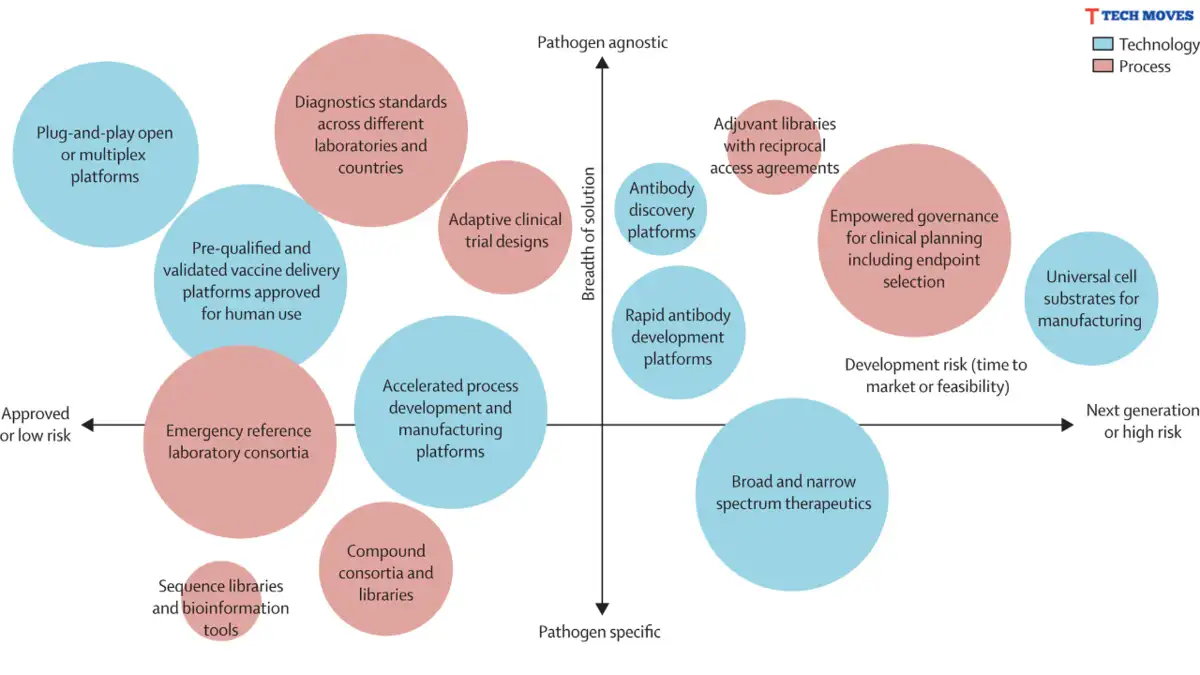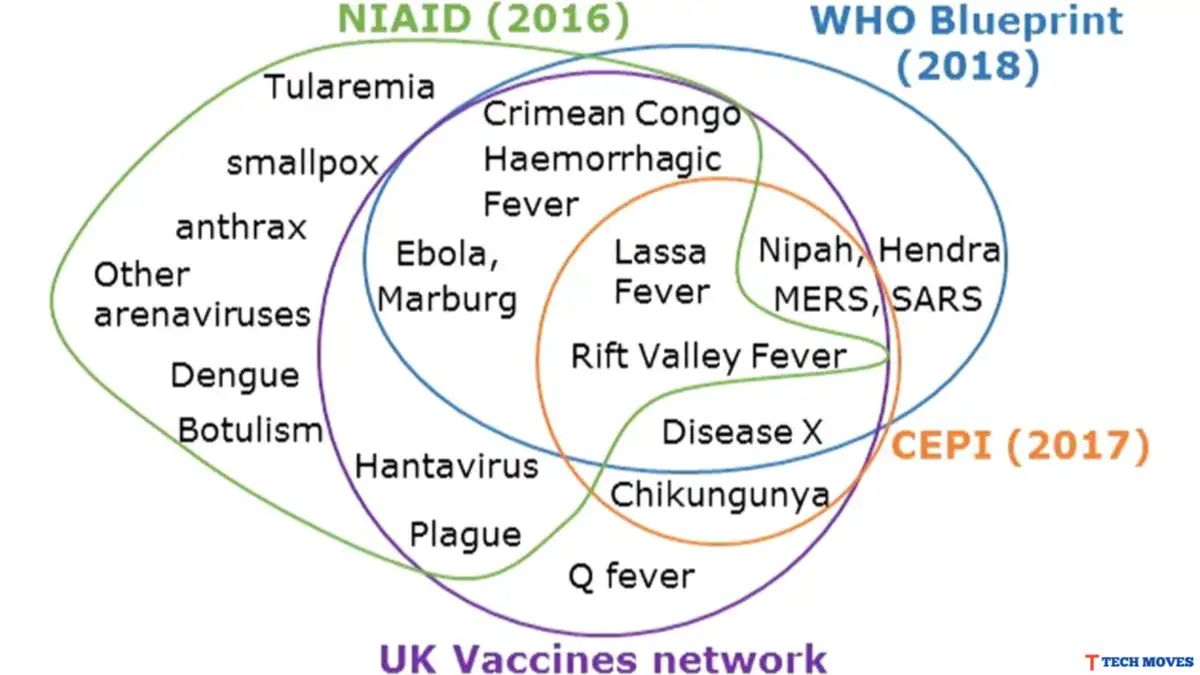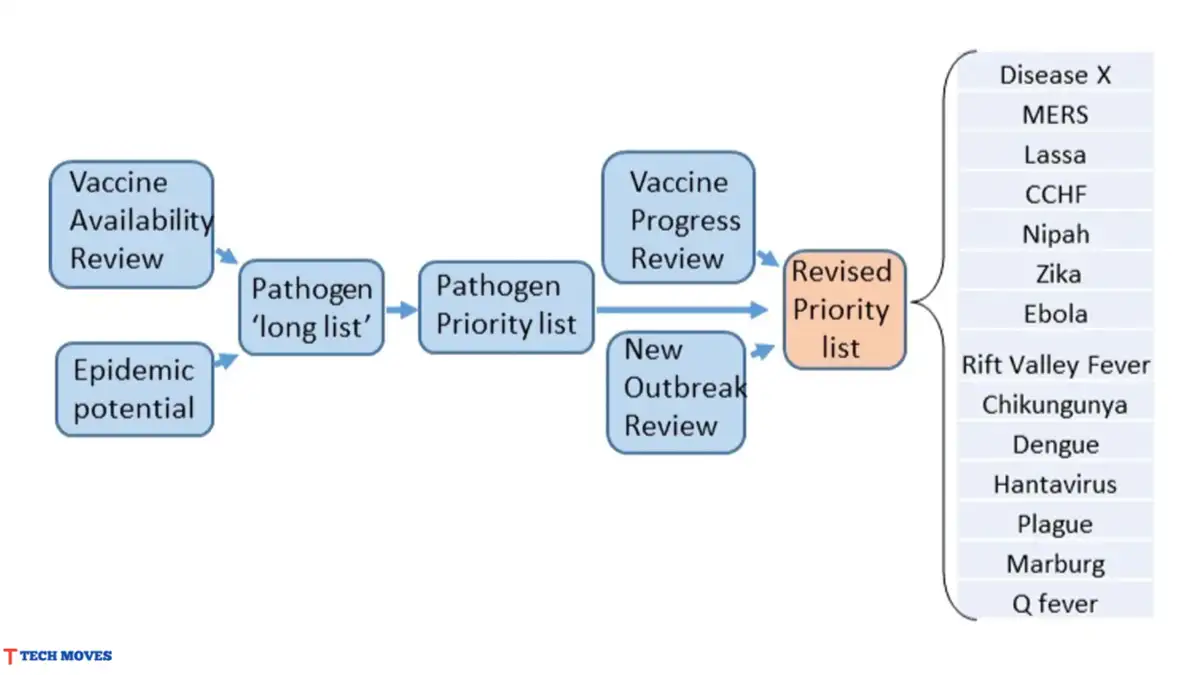‘Disease X’: Understanding and Prioritizing Pathogens

Disease X Unveiled: WHO’s Annual Davos Meeting Insight
Unveiling the Enigma:
The World Economic Forum’s upcoming annual meeting in Davos, Switzerland, has stirred significant attention due to one intriguing session title: “Preparing for Disease X.” Delving into the depths of this mysterious nomenclature, the World Health Organization (WHO) defines “Disease X” as the potential emergence of a severe international epidemic caused by an unknown pathogen, previously unrecognized as a threat to human health.
The Unveiling Event
At the forefront of this discourse will be WHO’s Director General, Tedros Adhanom Ghebreyesus, accompanied by influential figures such as Michel Demaré, chair of AstraZeneca, and Brazil’s Minister of Health, Nisia. The anticipation surrounding the conventional pandemic preparation session escalated dramatically, leading to “Disease X” dominating Twitter and Google trends.

Navigating through Controversies
However, not without controversy, the session faced backlash from right-wing social media. Claims circulated that world leaders would strategize vaccine mandates, curtail free speech, and potentially orchestrate pandemics. Monica Crowley, a former Trump-era Assistant Secretary, even propagated a speculative warning of a future pandemic surpassing the lethality of COVID.
In response, Dr. Amesh Adalja from the Johns Hopkins Center for Health Security dismissed these allegations, emphasizing that pandemic preparedness involves critical thought experiments and tabletop exercises. Dr. Stuart Ray, Vice Chair of Medicine at Johns Hopkins, echoed this sentiment, labeling it “irresponsible” not to convene at such forums, highlighting the importance of rapid responses learned from historical events.
Disease X and Priority Pathogens
Beyond the enigma of “Disease X,” the WHO maintains a list of “priority pathogens,” representing the highest public health risk due to their epidemic potential. Although the list was last updated in 2018, an anticipated update in 2024 is anticipated. While not exhaustive, it offers insights into potential threats
Ebola & Marburg Virus Diseases
Causing hemorrhagic fevers with high fatality rates, these viruses demand attention. With licensed vaccines for Ebola’s deadliest strain, Zaire, the absence of preventive measures for Marburg poses a concern.
Crimean-Congo Hemorrhagic Fever
Spread by ticks, this fever manifests with bleeding from bodily orifices and poses a 30% fatality rate. Its potential for human-to-human transmission makes it a formidable concern.

Lassa Fever
Less lethal but widespread, Lassa fever’s symptoms mirror common ailments, with severe cases resulting in organ damage and a 1% fatality rate.
SARS-CoV-1 and MERS
Originating from coronaviruses, these diseases highlight the persistent threat. SARS-CoV-1 caused a pandemic in 2002, and MERS, identified in 2012, continues to sporadically emerge.
COVID-19 (SARS-CoV-2)
While officially declared out of PHEIC status, concerns persist. Dr. Maria Van Kerkhove warns of unchecked circulation and potential variants, emphasizing the need for ongoing preparedness.
Nipah and Other Henipaviral Diseases
Nipah, a paramyxovirus, poses a substantial threat with a 45-75% fatality rate. Ongoing research, including Moderna’s vaccine evaluation, aims to address this peril.
Rift Valley Fever
Known for devastating livestock, this virus’s potential evolution for human-to-human transmission raises concerns, emphasizing the need for continued surveillance.
Zika Virus
Though once a PHEIC, Zika’s impact on birth defects and neurological issues remains significant, warranting sustained attention.

Summary
In summary, navigating the landscape of potential pandemics requires proactive discourse, as underscored by the WHO’s priority pathogens. Vigilance, ongoing research, and global cooperation are imperative to ensure preparedness against the evolving threats to global health. A diagram illustrating the interconnectedness of these pathogens and the evolving landscape could further enhance understanding and preparedness. See more…








